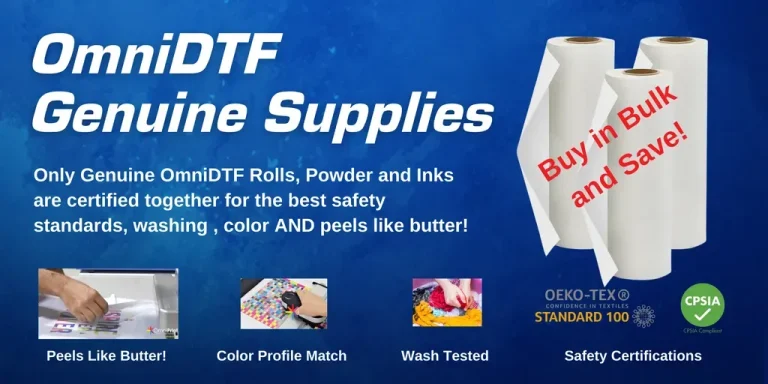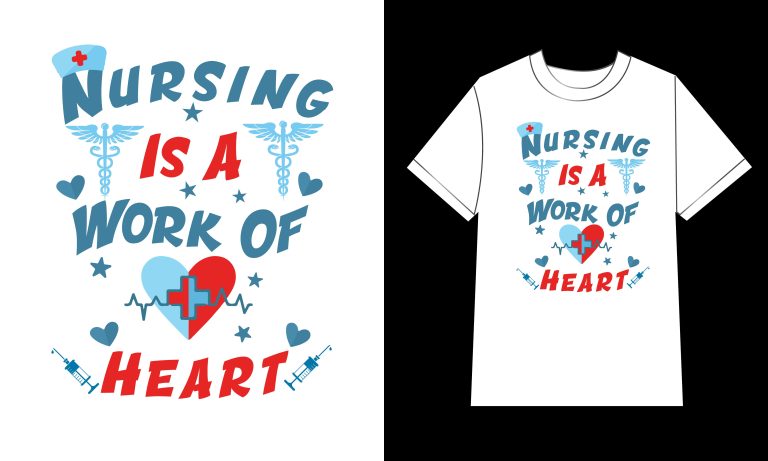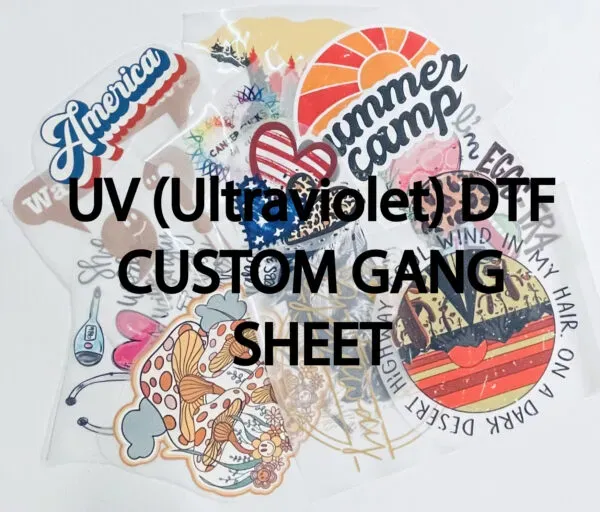This California DTF Guide demystifies Direct-to-Film printing for professionals and hobbyists in the Golden State and beyond. Whether you operate a full print shop in Los Angeles, a boutique studio in San Diego, or a small home setup in Sacramento, the core ideas behind this approach stay the same. In this guide, you’ll learn what DTF is, how the process works, and the essential equipment you need to launch a reliable operation. We cover a practical step-by-step process flow, from file preparation and film printing to curing and heat pressing, with tips to keep costs in check. By the end, you’ll be ready to deliver vibrant, durable prints on a range of fabrics using a proven DTF heat press approach.
Viewed through the lens of modern fabric decoration, this method blends digital design with film-based transfer steps to create durable graphics on apparel and textiles. People call it a film transfer process, where pigment inks are laid onto a transparent substrate, then bonded to textiles through heat and pressure. Key components include a compatible printer, white underbase, PET release film, adhesive powder, curing equipment, and a reliable heat press. A strong emphasis on color management, consistent curing, and standardized operating procedures helps shops of every size deliver consistent results. Whether you run a bustling studio in Los Angeles or a compact workspace inland, aligning workflows with trusted suppliers and the local market makes timely, high-quality output more predictable.
Direct-to-Film Printing Fundamentals for California Shops
Direct-to-Film printing, or DTF, is a modern transfer method where designs are printed onto a PET film using pigment inks, then coated with adhesive powder, cured, and finally heat-pressed onto fabric. In California shops, this process delivers sharp detail, a wide color gamut, and a soft hand feel that customers notice on tees, hoodies, and bags.
For a CA operation, you’ll rely on the core DTF components—DTF printer with compatible pigment inks, white ink for opacity, PET film, adhesive powder, a curing solution, and a reliable DTF heat press. Choosing high-quality DTF supplies that perform consistently under your climate and space constraints helps maintain color accuracy and transfer durability across fabrics—from cotton to blends.
DTF Workflow Essentials for a Smooth California Operation
A clean DTF workflow starts with design and color management, then printing onto the transfer film, powder application, curing, trimming, and the final heat press transfer. Following a repeatable DTF workflow reduces waste and speeds up turnaround for busy California shops serving local brands, events, and ecommerce.
Keep quality tight with calibration, mirror printing where needed, and consistent inspection of printed films before heating. Align ink densities to targets and track color accuracy across batches to minimize reprints and protect your reputation in the DTF printing California market.
Choosing DTF Supplies and Equipment for California Printers
Start with a dependable DTF printer and inks that pair with a range of fabrics. Prioritize reliable white ink performance for high-opacity designs, sturdy PET film with good release properties, and adhesive powders with predictable bonding. Add curing equipment and a robust heat press to complete the foundation of your DTF supplies and keep operations smooth.
In California, access to spare parts, service, and compatible film and powder brands matters. Favor vendors offering steady supply chains, easy warranty coverage, and documented maintenance routines so downtime stays low and color consistency stays high across shifts.
California DTF Guide: Color Management and Quality Control
Color fidelity is a frequent concern in Direct-to-Film printing. Build a color management plan that includes printer calibration, ICC profiles, and consistent inspection of films and transfers. Weather, lighting, and room conditions in a CA studio can subtly shift how colors render on fabric, so test prints against client targets to stay on-brand.
Develop routine checks at every stage—from film print to final garment—to catch drift early. Use standardized proofs and periodic reprofiling to minimize waste, short rework cycles, and ensure predictable results for CA customers who expect accurate colors and durable finishes.
DTF Heat Press Techniques for Durable CA Prints
Mastery of heat press settings is essential for long-lasting transfers. Optimize temperature, pressure, and dwell time for common CA fabrics, taking the adhesive powder’s curing characteristics into account. Align your heat press with the recommended settings per ink and film brand to achieve vibrant color and a smooth hand feel.
Always consider safety and ventilation when operating heat presses in a California workshop. Proper mats, silicone sheets, and a heat-resistant workspace, plus climate-aware scheduling to manage humidity and temperature, help avoid edge lifting and ensure consistent adhesion across runs.
DTF Supplies and Maintenance for a Reliable California Operation
Reliable DTF supplies form the backbone of a predictable run. Maintain an organized inventory of films, powders, white ink, shirts, and curing materials, and implement a routine for cleaning printer heads, film guides, and adhesive applicators. A proactive inventory strategy reduces downtime during peak periods.
Safety, compliance, and ongoing service agreements are essential in California facilities. Ensure proper ventilation, adherence to local codes, and clear handling procedures for inks and solvents. Build partnerships with suppliers who offer dependable support and timely replacements to sustain your DTF workflow and protect your investment.
Frequently Asked Questions
What is the California DTF Guide and how can it help DTF printing California businesses?
The California DTF Guide is a practical resource that demystifies Direct-to-Film printing for professionals and hobbyists in California, including DTF printing California operations. It covers what DTF is, the workflow, required equipment and DTF supplies, and troubleshooting to implement a reliable setup in CA.
How does Direct-to-Film printing work, as explained in the California DTF Guide?
Direct-to-Film printing is described as printing designs onto a PET transfer film with pigment inks, applying adhesive powder, curing, and heat pressing onto fabric. The California DTF Guide highlights how this process supports fast turnarounds and durable, vibrant results when using a DTF heat press for transfers in CA.
What equipment and DTF supplies does the California DTF Guide recommend for a reliable setup?
Essential items include a DTF printer with pigment inks, white ink for opacity, PET film, adhesive powder, a curing method, a heat press, and calibration tools. The guide stresses selecting reliable DTF supplies and printers with strong support and readily available parts to maintain consistent results in California shops.
What are the key steps in the DTF workflow from design to finished garment as outlined by the California DTF Guide?
From design to finish, the CA DTF Guide outlines the DTF workflow: prepare the design, print onto transfer film (with white ink as needed), apply adhesive powder, cure, trim, heat press onto the garment, cool and peel, and perform post-press care.
How does the California DTF Guide address DTF workflow optimization and color management in California shops?
The guide advocates a robust color-management plan—printer calibration, color profiling, and regular test prints—while accounting for the California climate. It also suggests batch printing and standard operating procedures to improve DTF workflow efficiency and color fidelity.
What safety, maintenance, and compliance considerations does the California DTF Guide highlight for using a DTF heat press in California?
Safety and compliance focus on proper ventilation, following ink and solvent handling guidelines, storing stock away from direct sun, and regular checks of electrical and ventilation systems. It also recommends service agreements with equipment suppliers to stay compliant with local codes when operating a DTF heat press in California.
| Aspect | Key Points | Notes |
|---|---|---|
| What Direct-to-Film (DTF) is | DTF prints designs onto textiles by using pigment inks on PET film; adhesive powder is applied, cured, and heat pressed to create durable prints with a wide color range and soft hand. | Important for CA printers; supports short runs, on-demand services, and fast turnaround while maintaining quality. |
| Why DTF matters | Versatile transfer method enabling short runs and on-demand services; durable washes across fabrics; suitable for CA market needs. | California market benefits from fast turnaround and customization. |
| Key components in DTF workflow | DTF printer with white ink, PET film, adhesive powder, curing equipment, and a heat press; terms like DTF supplies and DTF heat press. | Choose with reliable support and consider local supplier access, climate, and workspace. |
| California market context | Large, diverse market in LA, SF, SD with demand for durable, graphics-driven apparel; need for quick turnaround and consistent color. | Plan around space, ventilation, electricity, and supplies access. |
| Equipment and supplies for a reliable DTF setup | Right printer, white ink, PET film, adhesive powder, curing method, heat press or conveyor dryer, calibration tools. | Quality matters; ensure supplier support and material compatibility. |
| Step-by-step DTF workflow | 1) Prepare design: high-res files with proper color management. 2) Print onto PET film with white ink as needed. 3) Apply adhesive powder. 4) Cure powder. 5) Trim film. 6) Heat press onto garment. 7) Cool and peel. 8) Post-press and care. | Follow design integrity and consistent settings for best results. |
| Quality control & color management | Maintain color fidelity with calibration, profiling, and routine inspection of films; compare test prints to color targets and adjust ink densities or print profiles as needed. | Reduces waste, rework, and improves customer satisfaction. |
| DTF workflow optimization & efficiency tips | Batch printing, pre-treating/organizing materials, stable curing conditions, SOPs, and regular maintenance to prevent bottlenecks. | Keeps turnaround predictable in busy CA shops. |
| Selecting & managing DTF supplies | Stock trusted film brands with consistent thickness, reliable powders, and keep inventory of heat press mats, silicone sheets, and shirts. | Inventory management reduces downtime and ensures fast, consistent results. |
| Maintenance, safety, and compliance in CA | Follow manufacturer guidelines for solvents, ventilation; store stock away from direct sun; monitor electrical and ventilation; comply with local air quality and safety codes; establish service agreements. | Safety-first and compliant operations in California facilities. |
Summary
California DTF Guide offers a practical path to launching or refining a Direct-to-Film printing operation in California. This descriptive overview highlights essential hardware, materials, and workflow practices to help CA printers deliver vibrant, durable prints with consistent colors. By prioritizing color management, reliable supplies, and efficient processes, the California DTF Guide supports shops of all sizes from boutique studios to large print houses in achieving predictable turnaround times and sustainable growth. Addressing climate, safety, and compliance, the guide helps operators optimize productivity while maintaining high quality outcomes. The California DTF Guide also emphasizes scalable planning from choosing printers and films to organizing space and inventory, ensuring a cost effective operation across California’s diverse markets.




